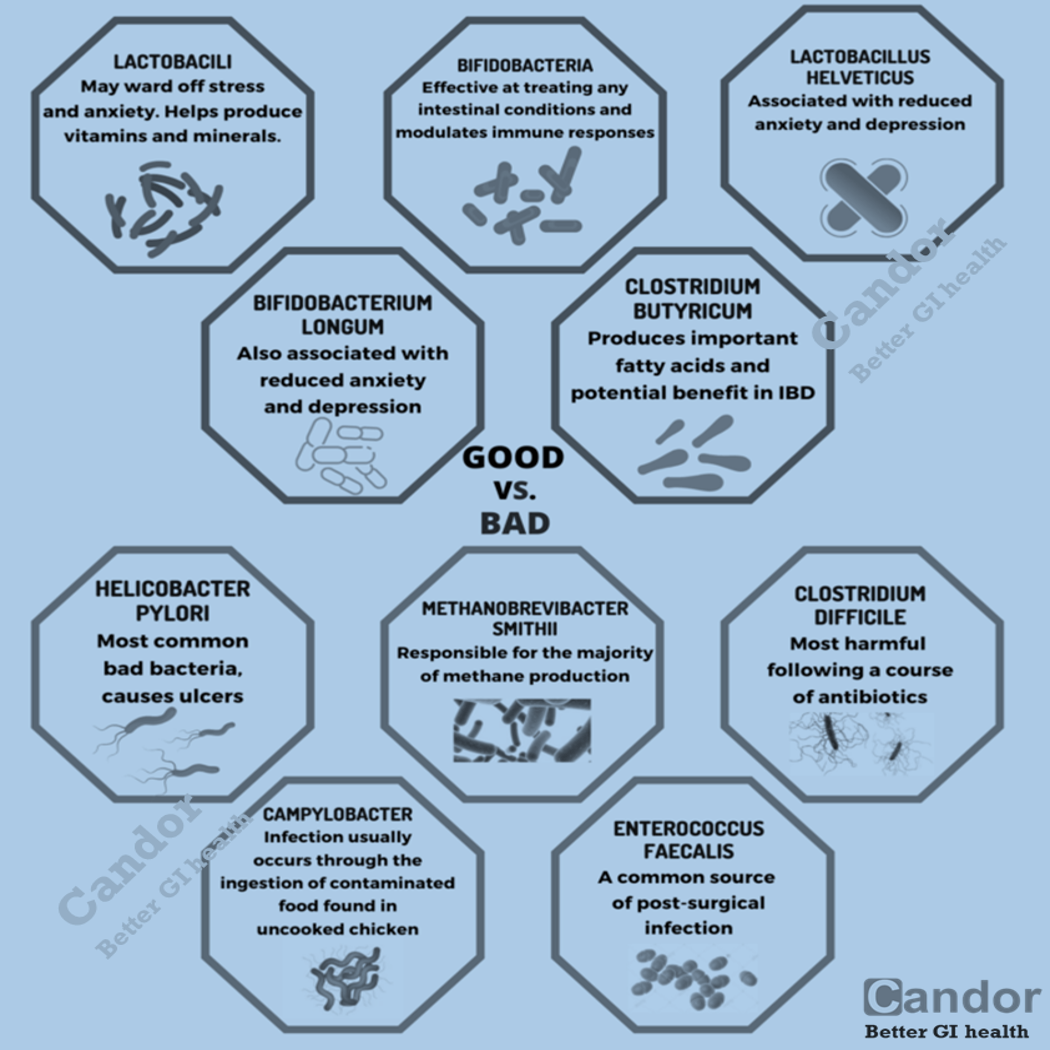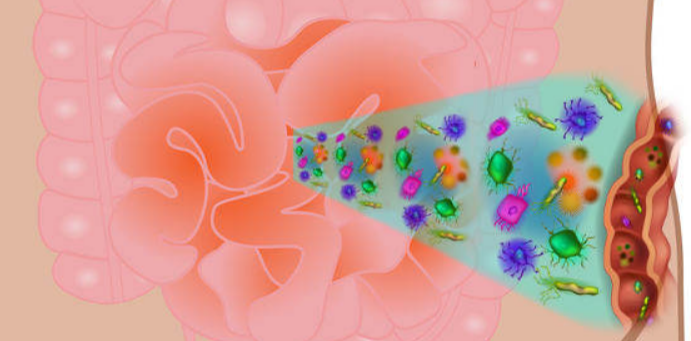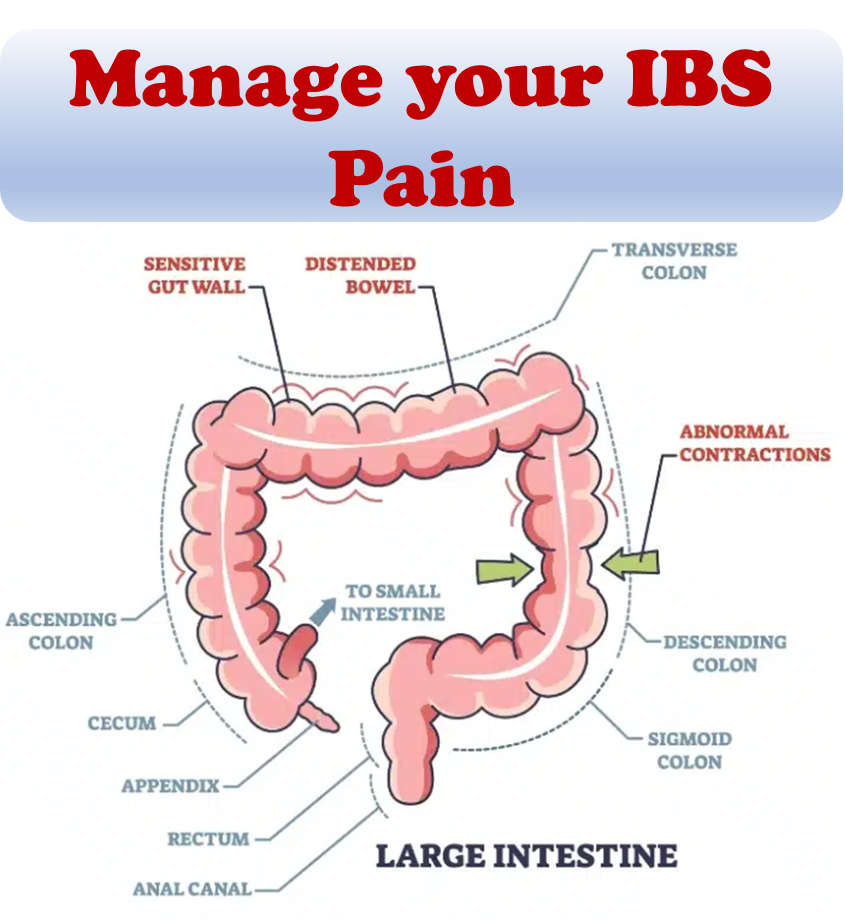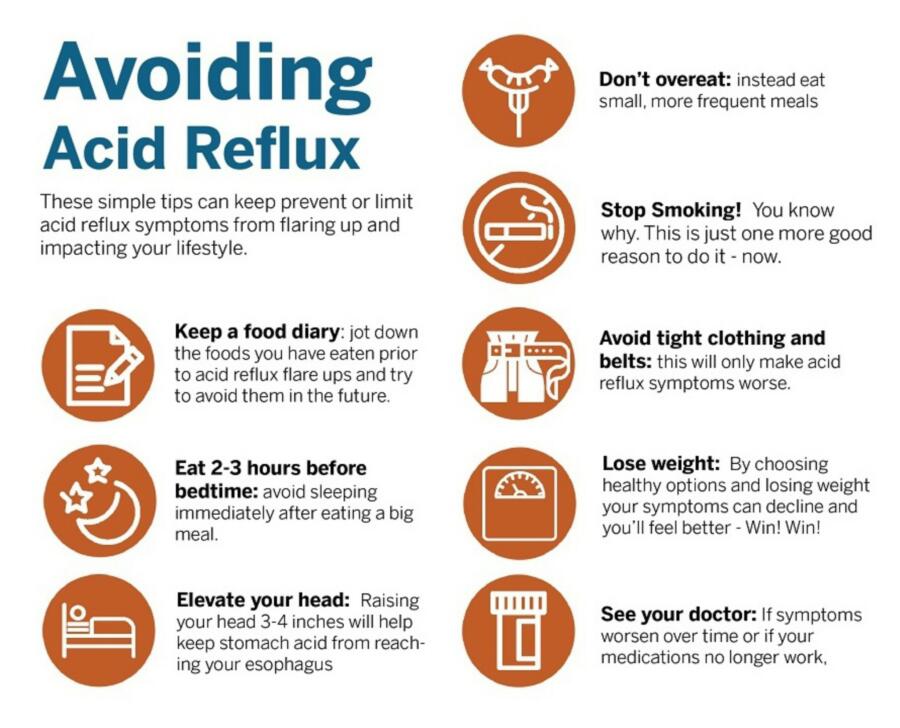The Rome Criteria is a set of guidelines that outline symptoms and apply parameters such as frequency and duration to diagnose IBS. For this reason, in 1988, a group of physicians defined criteria to help doctors more accurately diagnose IBS.
In 1988, a group of international experts met in Rome to discuss functional gastrointestinal disorders (FGIDs). An overarching goal was to classify the FGIDs using a symptom-based classification scheme, highlighting the fact that patients report symptoms despite a lack of chemical, radiological or physiological abnormalities. This culminated in the publication of the Rome criteria in 1992 (later known as Rome I), which increased the medical community’s awareness of FGIDs.
Advances in knowledge, along with a desire to make the Rome criteria more clinically useful, resulted in several key changes to the Rome criteria when the fourth iteration was released in 2016. Rome IV defined irritable bowel syndrome (IBS) as a functional bowel disorder in which recurrent abdominal pain is associated with defecation or a change in bowel habits. Disordered bowel habits are typically present (i.e., constipation, diarrhea or a mix of constipation and diarrhea), as are symptoms of abdominal bloating/distension. Symptom onset should occur at least 6 months prior to diagnosis and symptoms should be present during the last 3 months.
IBS diagnostic criteria (Rome IV):
Recurrent abdominal pain on average at least 1 day/week in the last 3 months, associated with two or more of the following criteria:
- Related to defecation
- Associated with a change in the frequency of stool
- Associated with a change in the form (appearance) of stool
This essentially means that in order to receive a diagnosis of Irritable Bowel Syndrome (IBS), certain criteria must be met. According to the Rome Criteria, a person should have experienced symptoms for at least one day per week over the past three months. These symptoms can be associated with bowel movements, including changes in frequency and consistency of stools. To fulfill the criteria, at least two of these three signs must be present along with the symptoms.
Time is also a crucial aspect of the Rome Criteria. The symptoms must have started at least six months ago, meaning that IBS cannot be diagnosed until six months after the initial onset of symptoms.
The Rome Criteria have evolved over time, providing physicians with more comprehensive guidelines for diagnosing and treating IBS and other functional gastrointestinal disorders. These criteria have expanded in detail, recognizing the diverse nature of IBS as a spectrum disorder. It encompasses various forms, such as diarrhea-predominant, constipation-predominant, and alternating patterns of constipation and diarrhea. Additionally, the criteria aim to capture potential differences in how men and women experience and describe the condition.
Physicians rely on the Rome Criteria to evaluate and interpret the signs and symptoms of IBS accurately. These criteria play a vital role in ensuring a more precise diagnosis and effective treatment for individuals with IBS.
References:
- https://theromefoundation.org/rome-iv/rome-iv-criteria/



























